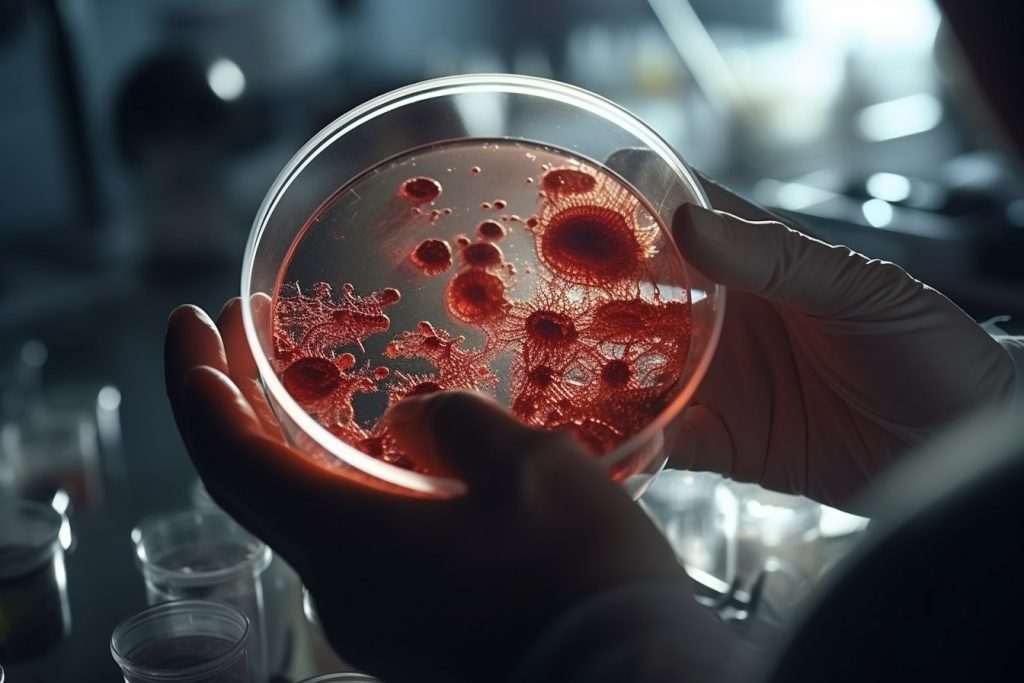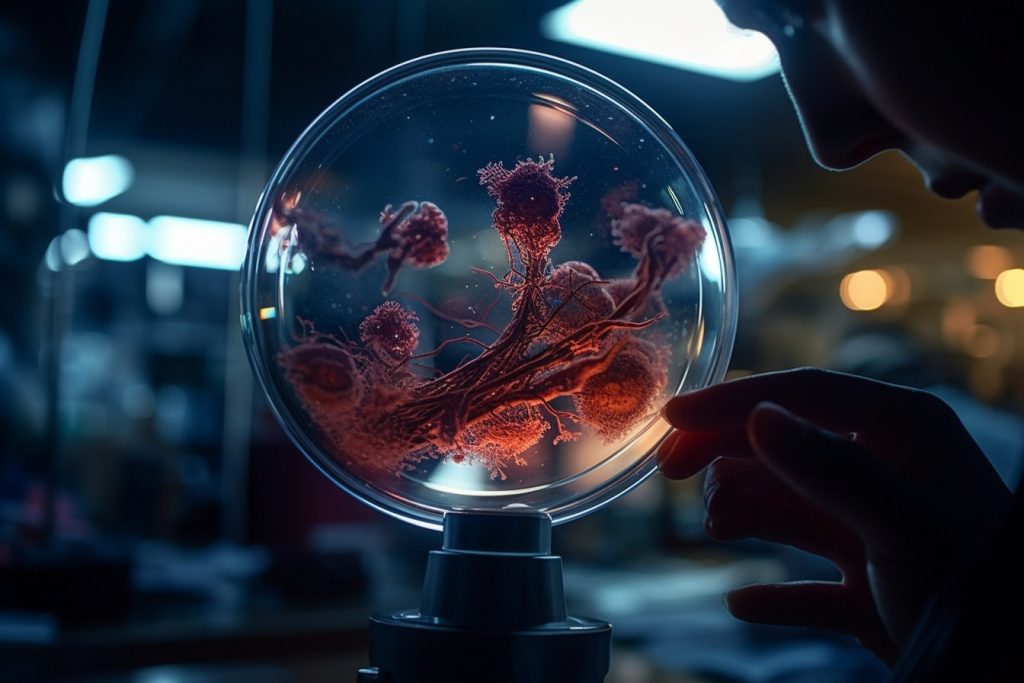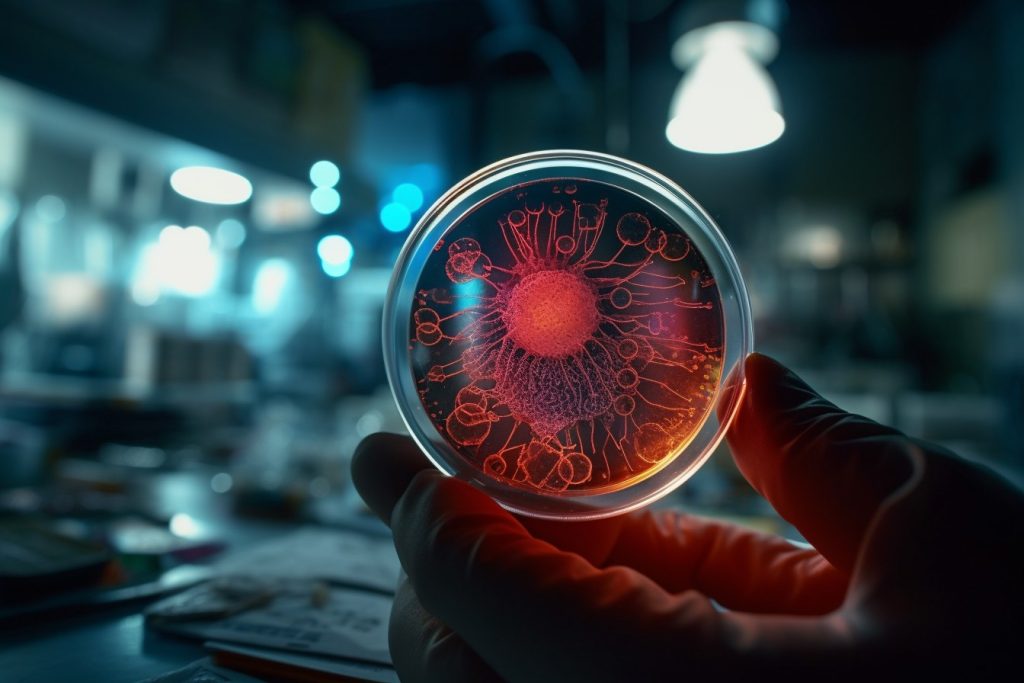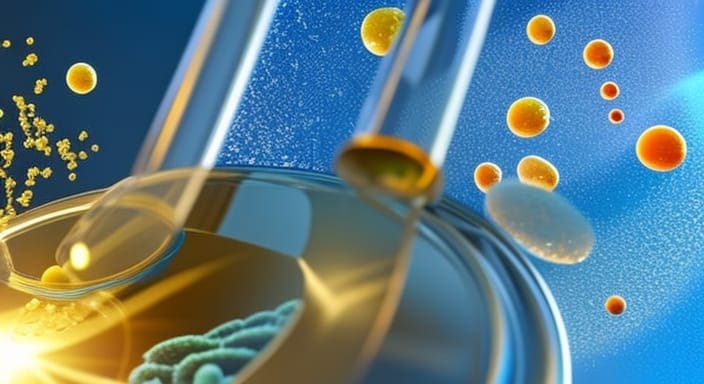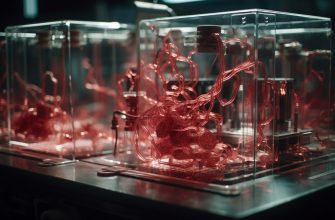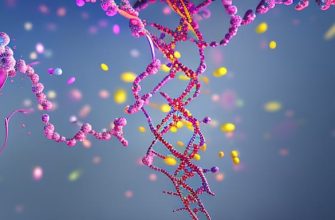Introduction
Antibiotic resistance is one of the most pressing issues in modern medicine. Superbugs are evolving alarmingly, rendering once-effective treatments useless and turning minor infections into life-threatening conditions. The need for new antibiotics to combat these resistant bacteria is urgent, and scientists worldwide are racing to make groundbreaking discoveries.
Over the years, the development of new antibiotics has dwindled, leaving us vulnerable to the ever-evolving threat of resistant bacteria.
But all is not lost! In this article, we’ll delve into the fascinating history of antibiotics and antibiotic resistance, explore the science behind this growing problem, and reveal some cutting-edge approaches researchers use to discover new antibiotics that can outsmart these superbugs.
The Epic Battle: Antibiotics vs. Superbugs
A Revolutionary Discovery: Penicillin
It all started with the accidental discovery of penicillin by Alexander Fleming in 1928. This wonder drug revolutionized medicine, saving countless lives by effectively treating bacterial infections. Penicillin began the antibiotic era and paved the way to develop many more life-saving drugs.
The Golden Age and the Rise of Resistance
The period between the 1940s and 1960s is often called the golden age of antibiotic discovery. During this time, researchers discovered numerous new antibiotics, including streptomycin, tetracycline, and erythromycin. However, bacteria soon began to fight back, developing resistance to these powerful drugs. The battle between antibiotics and bacteria had begun.
The Emergence of Antibiotic-Resistant Bacteria
As antibiotic use became, more widespread, resistant bacteria started to emerge. Over time these superbugs have become increasingly hard to treat, with some strains now resistant to multiple antibiotics. This resistance occurs through various mechanisms, including genetic mutations and the exchange of resistance genes between bacteria.
The Decline in New Antibiotic Development
Unfortunately, new antibiotics have slowed significantly since the golden age. Many major pharmaceutical companies have shifted their focus to more lucrative research areas, leaving a void in pursuing new antibiotics. This decline has left us vulnerable to the growing threat of antibiotic-resistant bacteria.
The Science Behind Antibiotic Resistance
Mechanisms of Resistance
Bacteria can develop resistance to antibiotics through several mechanisms. Some bacteria produce enzymes that break down the antibiotic, rendering it ineffective. Others can alter their cell walls to prevent the antibiotic from entering or pump it out of the cell before it can do its job.
The Role of Horizontal Gene Transfer
One of the most significant factors contributing to the rapid spread of antibiotic resistance is horizontal gene transfer. This process allows bacteria to share genetic material, including resistance genes, with other bacteria. This exchange of genetic information can occur between different species of bacteria, enabling the rapid dissemination of resistance traits throughout bacterial populations.
The Impact of Antibiotic Overuse and Misuse
The overuse and misuse of antibiotics in both human and veterinary medicine have accelerated the development of antibiotic resistance. Inappropriate prescribing, failure to complete a full course of antibiotics, and the widespread use of antibiotics in agriculture have all contributed to this growing problem.
Innovative Approaches to Discovering New Antibiotics
Mining Untapped Natural Resources
Nature has long been a source of inspiration for developing new antibiotics. Researchers are now exploring previously untapped natural resources, such as deep-sea organisms and soil bacteria, to search for novel compounds with antibacterial properties.
Harnessing the Power of Artificial Intelligence and Machine Learning
Artificial intelligence (AI) and machine learning have opened up new possibilities in antibiotic discovery. By analyzing vast amounts of data on chemical compounds and their interactions with bacteria, AI algorithms can help identify promising candidates for new antibiotics, significantly speeding up the drug discovery process.
Exploring Alternative Treatments
In addition to searching for new antibiotics, researchers are investigating alternative treatments for bacterial infections. These include using bacteriophages (viruses that specifically target bacteria), immunotherapy, and developing synthetic molecules that can disrupt bacterial communication.
The Future of Antibiotic Research and Combating Resistance
The Role of Public and Private Investment
Increased public and private investment in antibiotic research is critical to ensure the development of new antibiotics keeps pace with the rise of resistant bacteria. Government initiatives, such as the Combating Antibiotic-Resistant Bacteria (CARB) program in the US and partnerships between pharmaceutical companies and academic institutions, are helping to drive innovation in this field.
Encouraging Responsible Antibiotic Use
To combat antibiotic resistance, it’s crucial that we use antibiotics responsibly. This includes prescribing antibiotics only when necessary, ensuring patients complete the full course of treatment, and promoting good hygiene practices to prevent the spread of infection.
The Potential for Personalized Medicine
In the future, personalized medicine may play a role in the fight against antibiotic resistance. By tailoring antibiotic treatments to individual patients based on their genetic makeup and the specific bacteria causing their infection, we may optimize treatment efficacy while minimizing the development of resistance.
FAQ
What causes antibiotic resistance?
Are there any new antibiotics in development?
What can we do to combat antibiotic resistance?
How does artificial intelligence play a role in antibiotic discovery?
What are some alternative treatments for bacterial infections?
- https://www.ncbi.nlm.nih.gov/pmc/articles/PMC8125338/
- https://www.nbcnews.com/health/health-news/-arrived-post-antibiotic-era-warns-new-drugs-deadly-superbugs-rcna76601
- https://www.nytimes.com/2015/01/08/health/from-a-pile-of-dirt-hope-for-a-powerful-new-antibiotic.html
- https://news.mit.edu/2020/artificial-intelligence-identifies-new-antibiotic-0220
